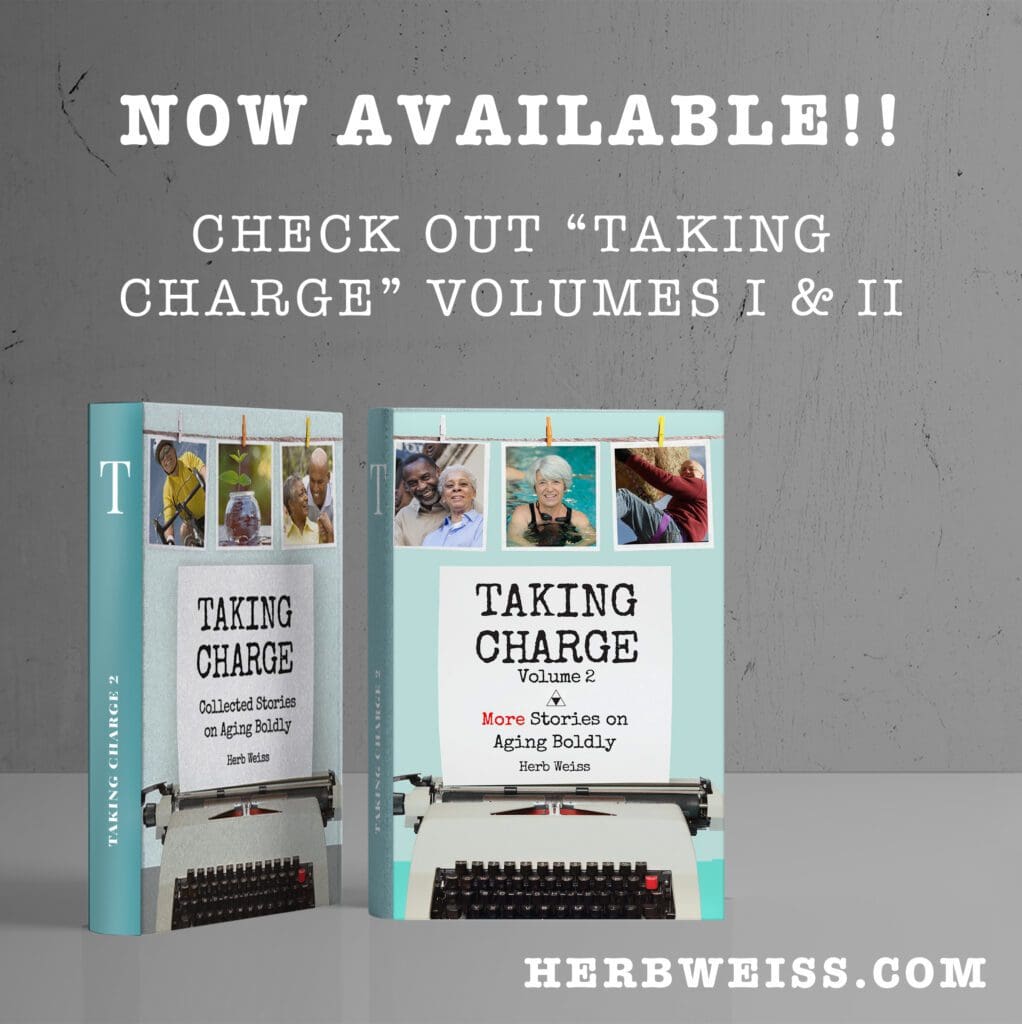Search Posts
Recent Posts
- Senior Agenda Coalition of RI pushes wealth tax to fund programs for older residents – Herb Weiss June 2, 2025
- How will Artificial Intelligence (AI) impact the future of work – Mary T. O’Sullivan June 2, 2025
- Real Estate in RI: Tiverton contemporary for $1.27M June 2, 2025
- Our Networking Pick of the Week: Coffee Hour at Provence Sur Mer, Newport June 2, 2025
- Rhode Island Weather for June 2, 2025 – Jack Donnelly June 2, 2025
Categories
Subscribe!
Thanks for subscribing! Please check your email for further instructions.

Seniors key to Democratic win – Herb Weiss
By Herb Weiss, contributing writer on aging issues
Just weeks before the midterm elections, Oct. 18th, AARP Rhode Island released a voting analysis of the Sept. 13th Rhode Island primary election, revealing that voters ages 50 + were the most powerful election deciders. Voters age 50 and up accounted for more than 70% of Rhode Island voters in the September 13 primary election. In this year’s primary 72% of voters statewide were 50 years old or older.
A newly released Washington, DC-based AARP study found that older voters also had a major impact on 63 of the most competitive House races nationwide, including Rhode Island, in the mid-term elections.
AARP’s post-election survey of voters should send a powerful message to Capitol Hill, that is “Don’t take the votes of seniors for granted.”
According to AARP’s voting analysis findings, voters 50 and over made-up 61% of the 2022 electorate in the targeted Congressional Districts. The predicted red wave sputtered because of older female voters, say the researchers. Democrats were able to win these districts because of the senior vote, particularly women over 65 who shifted away from voting GOP compared to their intensions from this summer.
The researchers found that President Biden’s job approval rebounded markedly, driven by voters aged 65+, particularly among women. When they looked at former President Trump’s approval rate, they found it had decreased among this same group.
AARP also noted that Black and Hispanic voters continued to drift to the GOP while Democrats continued to gain white, college age and female voters.
AARP’s voting analysis study also found that in 63 most competitive House races that were also surveyed in July, voters age 65+ shifted from favoring Republican candidates 50% to 40%, to favoring Democrats 49% to 46% in November. The voting analysis found that Democrats came away with a 2-point lead over Republican candidates among voters overall (18+) and voters aged 50-64 leaned Republican by 8 points. Overall, voters 50+ accounted for 61% of the electorate in these key districts.
“Americans aged 50+ once again proved that they are the nation’s most powerful voters and they were the deciders in this year’s midterm elections,” said Nancy LeaMond, AARP Executive Vice President and Chief Advocacy and Engagement Officer in a statement released with the 36-page report on Nov. 17, 2022. “They were crystal clear that they want elected officials to work together to address crucial issues that will ensure their health and financial security. Elected officials and candidates can’t afford to ignore this formidable group of voters and the issues that matter to them,” she notes.
Top concerns of older voters
According to AARP’s National Targeted Congressional District-post-election Survey, inflation and rising prices (33%) were the top concern for voters overall, followed by abortion (28%) and threats to democracy (25%).
The survey also showed differences in the issues most important to voters 50-64 vs. those age 65 and older. Inflation and rising prices were top of mind for the 50-64 age group. Among voters 65+, threats to democracy (30%), inflation (29%), and Social Security and Medicare (24%) topped the list, the study’s findings indicate.
The researchers also found that more than half of voters (53%) said they were worried about their personal financial situation, with 65% of those who voted Republican and 42% who voted Democrat said they were worried.
The study’s report also noted that 70% voted more for the candidate they chose, rather than against the other candidate; Independents and younger voters were more likely to say they voted against the other candidate.
The analysis also found that a majority (53%) voted for the candidate they thought would work in a bipartisan manner, while 42% preferred candidates they thought stayed true to their beliefs and stood firm in their positions. By 36 points, Democrats preferred candidates who they thought were bipartisan, while Republicans voted by a 25 point margin for candidates they thought would stay true to their beliefs.
Methodology
As to the study’s methodology, AARP commissioned the bipartisan polling team of Fabrizio Ward and Impact Research to conduct this survey. The firms interviewed 2,353 adults in 63 of the U.S. House districts that Cook Political Report rated as “Lean” or “Toss Up” as of Nov. 7, 2022. This included a sample of 1,903 2022 general election voters distributed across the districts and 450 adults who did not vote in the 2022 general election. The interviews were conducted via landline, cellphone, and SMS-to-web between November 9-10, 2022.
AARP’s statement noted that approximately 30 voter interviews were conducted in each congressional district and any non-voters who were encountered were also interviewed. The overall sample was weighted by age, gender race and education to be representative of the adult population in the 63 congressional districts based on demographic data from the U.S. Census and consumer data. The voter sample was weighted on congressional vote choice to match 2022 election results.
To see the completed research results, go to:
___

Herb Weiss, LRI’12, is a Pawtucket-based writer who has covered aging, health care and medical issues for over 42 years. To purchase his books, Taking Charge: Collected Stories on Aging Boldly, and a sequel, compiling weekly articles published in this commentary, go to herbweiss.com.

